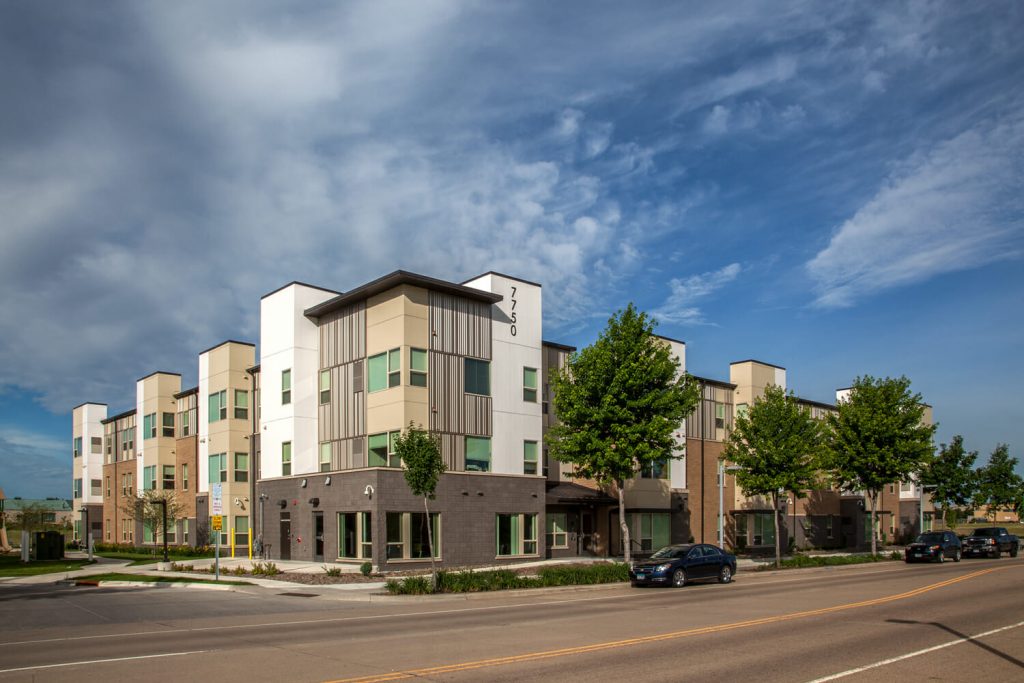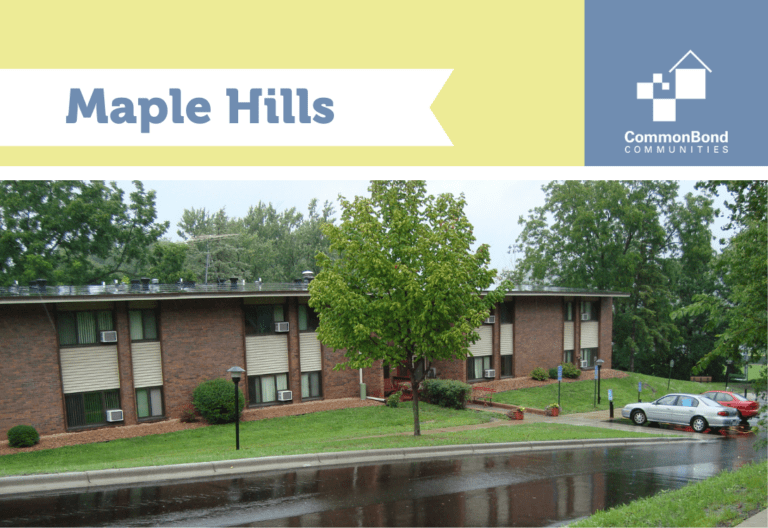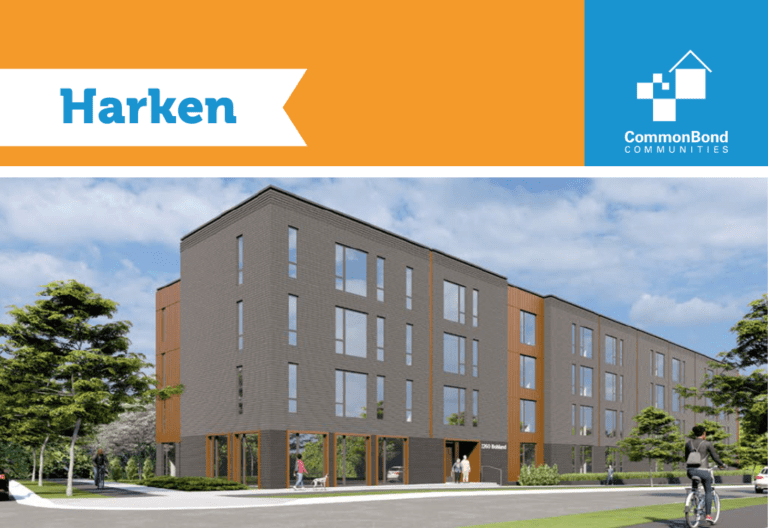Affordable housing is, unfortunately, a topic that’s largely misunderstood by the public. Myths and misconceptions about affordable housing developments are based on fear around negative stereotypes, property values, and the change it brings to neighborhoods—all of which are common arguments in opposition of a new affordable housing community.
In reality, the lack of safe, affordable housing is costing U.S. cities in several dramatic ways. Cities that fail to step up with affordable housing solutions drive out residents, lose potential workers, and discourage growth in their local economies.
While those who already have safe and stable housing may not feel the true cost of poverty, the effects are real and can have a serious detriment on our communities.
High housing prices can slow down a local economy, leaving jobs unfilled and less spending power in a community. But, when affordable housing is readily available, more opportunities become available for people at all income levels. More money is available for spending in a community, and long-term change can begin to take root. Let’s take a look at some of the economic benefits of affordable housing.
1. More money spent in local communities
Maybe the most obvious economic benefit of affordable housing is the increase in discretionary spending. For most people, rent is the biggest and most important expense each month. When income loss threatens the ability to meet rent payments, the likelihood of spending money on anything other than the most basic needs harms the local economy. But when residents of affordable housing communities can make their rent payments, they’re able to spend more on local purchases—and go beyond the bare necessities to buy healthy food, have better access to healthcare, and spend more at their nearby businesses.
2. Fewer evictions
Approximately 108 million Americans live in a rental home or apartment, and one-fourth of these renters spend more than half of their monthly income on rent payments. That means millions of people are one small unexpected expense away from losing their housing. The sacrifices folks were already making—medicine, childcare, groceries, education—in order to make rent have only intensified since the US unemployment rate rose to 10 percent during the COVID-19 pandemic.
The threat of evictions has always loomed for workers making just enough to pay their landlords every month. Now it’s quickly becoming a reality for many more individuals. These repercussions will likely have long-lasting effects that impact generations in a family.
Evictions spark a cycle of instability for families. This has a ripple effect in their communities and harms a community’s social and economic wellbeing. That’s why housing stability is at the heart of affordable housing—it works to prevent evictions no matter the economic climate, and the social and economic return is well worth the investment.
Learn more about the “Social Return on Investment (SROI) of Eviction Prevention.”
3. Healthier population means a healthier economy
A person’s housing is a huge social determinant of their health. Among other factors like income and education, housing is a component that drastically influences a person’s physical and mental well-being. Poverty severely limits people’s options, which is why poverty is linked to a vast range of health problems, both acute and chronic in nature.
Most obvious is the quality of the housing itself. People in low-income housing that’s poorly constructed or maintained may be exposed to lead paint, water contamination, and a slew of other environmental risks that are far less likely for more affluent populations. These environmental threats lead to chronic health issues for children, families, and seniors, which come at enormous and preventable cost to both the residents and their greater communities.
The buildings themselves are not the only risks. When a person’s home is unaffordable, other critical health factors like healthy foods and doctors visits become farther out of reach. But when people have access to quality affordable housing options, they are far less likely to face environmental threats, and far more likely to have enough income for healthy food options and routine medical care—ultimately helping them lower the risk of severe chronic health problems. The more people can spend on adequate healthcare and fresh food, the better and healthier the local economy becomes.

Help Us Support Your Local Community.
4. More affordable housing creates more job opportunities
Another huge economic impact of affordable housing is the number of jobs it can create, both during the construction phases and ultimately through long-term societal growth. Let’s consider the economic impact of simply building a new affordable housing building can provide: the real estate company will need to hire manufacturing and construction companies in order to build. Then, the housing centers will need staffing for maintenance, operations, and leasing jobs to keep grounds well-managed and clean for the residents it needs to attract and retain.
Of course, there are also many long-term opportunities that come with affordable housing in local economies. The healthier an economy is, the more jobs it will need. One of the benefits of affordable housing is that it encourages improved mobility that ultimately creates more jobs (and growth!) for our cities. Though some of these jobs are more immediate than others, the long-term benefits of affordable housing are profound and can lead to meaningful change in society.
5. Improved government infrastructure
With more residents able to pay property taxes, a local government is able to provide more for its citizens.How much can they really fund? A study from the National Association of Home “Building 100 affordable rental homes generates $11.7 million in local income, $2.2 million in taxes and other revenue for local governments, and 161 local jobs in the first year alone.” This increased revenue may mean improved infrastructure, more green space, and other elements of healthy cities that keep its residents healthy and safe.
6. Better opportunities for investing in the future
Another long-term economic benefit of affordable housing is the chance to decrease childhood poverty. Providing children with a better and more equitable path forward is one of these long-term ways to build economic growth and healthier societies. Equipping kids with tools for social mobility isn’t just a moral argument — it’s also proven to create economic growth for communities. According to Mark Rank, a Professor of Social Welfare at Washington University, “It is estimated that for every dollar spent on reducing childhood poverty, the country would save at least $7 with respect to the economic costs of poverty.”
A stable, affordable home is the foundation for everything else. It gives children the chance to establish healthy habits and focus on their goals and education. Generationally, this has massive impacts on educational achievement, economic output, and creating opportunities for residents to give back to their communities.
Learn how you can support affordable housing
Supporting affordable housing initiatives means investing in your community’s well-being. CommonBond is dedicated to providing families with safe and stable housing because we believe homes are the foundation for everything in life. We also know that improving the lives of others helps everyone in our communities — if you think so, too, consider supporting our mission.













